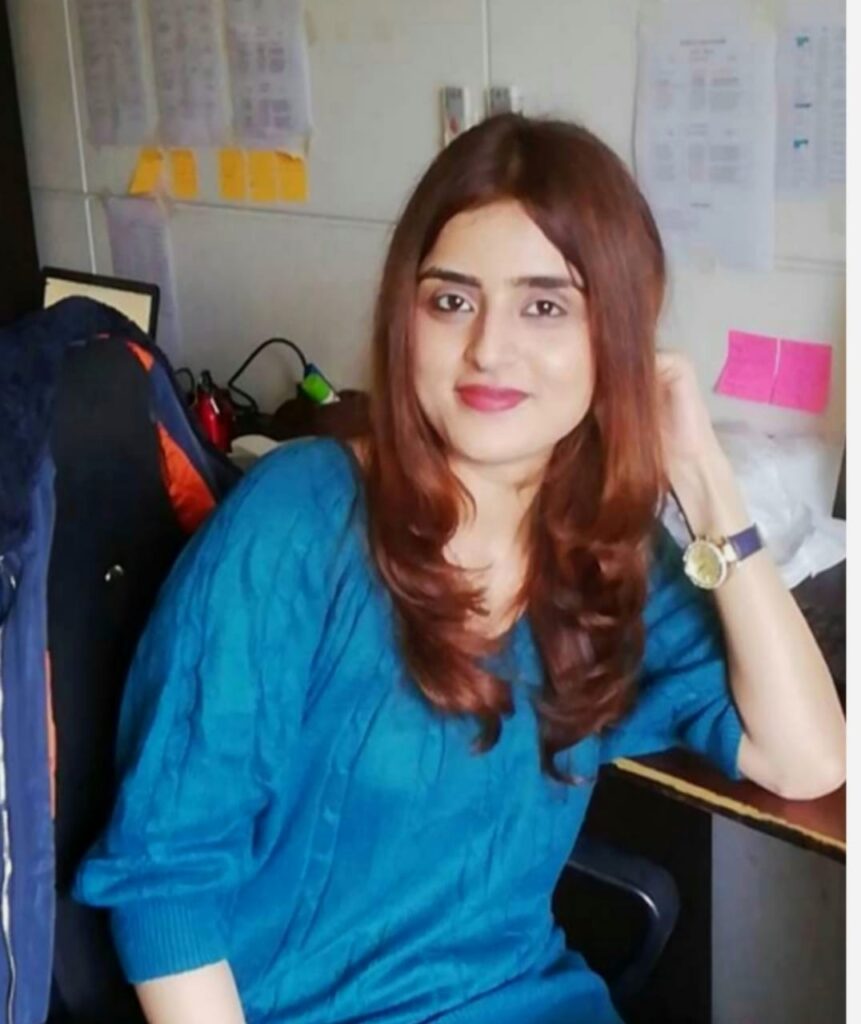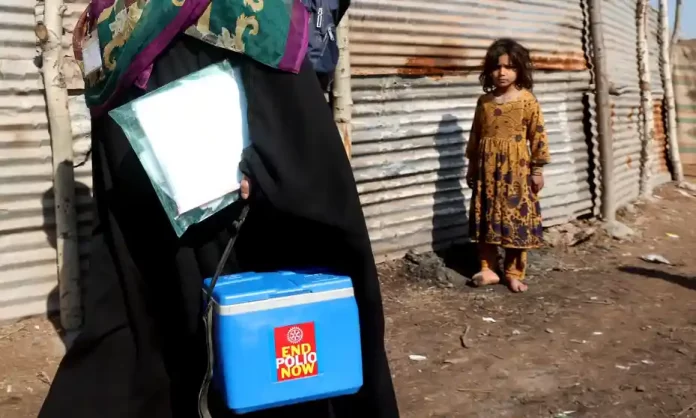

After remaining a polio-free country for almost 15 months, Pakistan has reported two cases in less than 10 days. Two WPV1 cases have been reported in 2022, both from North Waziristan in Khyber Pakhtunkhwa province.
Pakistan, along with neighboring Afghanistan, is one of two nations where polio is still widespread, albeit case numbers have declined dramatically in recent years. In January 2022, Pakistan marked a year without detecting wild polio cases, a significant achievement in a country where the disease paralyzed 20,000 children in the early 1990s. However, two polio infections from the same district were reported in April 2022.
A 15-month-old boy was paralyzed by wild poliovirus in the first case in 15 months. The Pakistan National Polio Laboratory at the NIH, Islamabad, verified the type-1 wild poliovirus (WPV1) in a child from North Waziristan on April 22, 2022, with the onset of paralysis on April 9.
A positive environmental sample collected on April 5 from the same province’s Bannu area was also confirmed by the Pakistan polio laboratory. Both the viruses are closely related to each other. Last year, Pakistan recorded one case, which occurred on January 27 in Killa Abdullah, Balochistan. “This is, of course, a tragedy for the child and his family and it is also very unfortunate both for Pakistan and polio eradication efforts all over the world. We are disappointed but not deterred,” Secretary Health Aamir Ashraf said. “The case has appeared in Southern Khyber Pakhtunkhwa where the poliovirus was detected in the environment late last year and where an emergency action plan is already being implemented.”
The health secretary added, “The National and Provincial Polio Emergency Operations Centres have deployed teams to conduct a full investigation of the recent case, while emergency immunization campaigns are underway to prevent further spread of the wild poliovirus in Pakistan.”
Southern Khyber-Pakhtunkhwa had been identified by the polio programme as the area most at risk after wild poliovirus was detected in environmental samples in the last quarter of 2021. In Khyber-Pakhtunkhwa, positive wild poliovirus environmental samples were discovered in the DI Khan and Bannu divisions. In 2020, KP reported 22 cases, while no wild poliovirus cases were recorded in the province last year.
“This validates the programme’s concerns about virus circulation in Southern KP and strengthens our resolve to reach every child with the polio vaccine,” National Emergency Operations Centre (NEOC), Coordinator Dr Shahzad Baig said.
To address the challenges in Southern K-P, the government and global polio partners had already initiated an emergency action plan in this part of the province,” Dr Baig added.
Second polio case reported in North Waziristan
Another poliovirus case was reported on 29th April, 2022, just eight days after the first incident in North Waziristan district of Khyber Pakhtunkhwa. A 24-month-old girl is the latest victim to fall prey to the virus that has been eliminated in most countries of the world but continues to surface in Pakistan.
The Pakistan National Polio Laboratory at the National Institute of Health in Islamabad confirmed the detection of Type-1 Wild Poliovirus from the stool specimen of the girl from district North Waziristan, the National Emergency Operation Centre for Polio Eradication said in a statement.
This is the second Wild Poliovirus case in 2022 in Pakistan after the first one was reported from the same district on 22 April and the fourth incident of wild polio case globally reported in the year 2022.
The statement said that genetic analysis of the new Type-1 Wild Poliovirus case shows that the virus belongs to YB3C cluster and is linked to the poliovirus case. “This indicates well-established wild poliovirus circulation within district North Waziristan,” it warned.
The virus in the latest Type-1 Wild Poliovirus case belongs to the YB3C cluster and is linked to the Poliovirus case reported last week, according to genetic analysis. As per the polio eradication centre, this implies well-established Wild Poliovirus circulation throughout district North Waziristan. The samples of the afflicted girl were sent to the National Institute of Health in Islamabad on April 21, and the virus was confirmed on April 29th, said Dr Shehzad Baig, the head of the National Anti-Polio Program. “Unfortunately, in both cases of polio this year, the children belonged to denial families and they did not get polio drops,” he stated.
Dr. Baig further added that while no cases of poliovirus had been reported in Pakistan in the previous 15 months, experts have claimed that poliovirus is present in the environment of six districts in South Khyber Pakhtunkhwa. Then this month, two new cases emerged.
He said that at present there are indications of poliovirus being present in the environment of Dera Ismail Khan, Tank, Bannu, Lakki Marwat, North and South Waziristan of KPK. The poliovirus has been eradicated from other parts of the country, said Dr Baig adding that if any other case surfaced in future, it would be traced back to these districts.
Although significant progress has been made recently, with most areas now accessible for immunization programmes, deep-rooted issues and security concerns still exist in limited areas. Despite the challenges, the polio programme’s frontline workers continue to reach out to children in North Waziristan despite challenging circumstances in hard-to-reach areas.
Globally, wild poliovirus types 2 and 3 have been eradicated, while WPV1 cases are at an all-time low. This year, two additional WPV1 cases have been reported, one each in Afghanistan and Malawi.
Vaccinating a youngster under the age of five boosts their immunity to the virus. The next sub-national Polio vaccination campaign is scheduled for May 23-27, 2022 in which over 24 million under five children will be targeted for vaccination.
The author holds an undergraduate in international relations and writes about climate, gender and health related issues. She can be reached at minharana@outlook.com
Zehra Zaidi is an International Development graduate passionate about highlighting issues of marginalized communities in the society .




